Growing Focus on Structural Biology
The heightened emphasis on structural biology is driving the Protein Crystallization Market forward. As researchers strive to understand the molecular mechanisms of diseases, the need for precise protein structures becomes paramount. Structural biology plays a crucial role in drug design, enabling the development of targeted therapies. The market for structural biology tools, including protein crystallization technologies, is anticipated to witness substantial growth, with estimates suggesting a value exceeding 2 billion USD by 2026. This trend underscores the importance of protein crystallization in advancing scientific knowledge and therapeutic innovation.
Rising Demand for Biopharmaceuticals
The increasing demand for biopharmaceuticals is a primary driver of the Protein Crystallization Market. As the biopharmaceutical sector expands, the need for high-quality protein structures becomes critical for drug development and therapeutic applications. According to recent estimates, the biopharmaceutical market is projected to reach over 500 billion USD by 2025, necessitating advanced techniques like protein crystallization to ensure the efficacy and safety of new drugs. This trend indicates a robust growth trajectory for the Protein Crystallization Market, as companies seek to enhance their research capabilities and streamline the drug discovery process.
Advancements in Crystallization Techniques
Technological innovations in crystallization methods are significantly influencing the Protein Crystallization Market. New techniques, such as microbatch crystallization and high-throughput screening, are enhancing the efficiency and success rates of protein crystallization. These advancements allow researchers to obtain high-quality crystals more rapidly, which is essential for structural biology studies. The market for crystallization equipment and reagents is expected to grow, with a projected CAGR of around 8% through the next few years. This growth reflects the increasing reliance on sophisticated crystallization techniques to meet the demands of the evolving biopharmaceutical landscape.
Increased Investment in Research and Development
Investment in research and development (R&D) is a significant catalyst for the Protein Crystallization Market. Pharmaceutical and biotechnology companies are allocating substantial resources to R&D to discover new drugs and therapies. This trend is reflected in the rising number of clinical trials and the development of novel therapeutics. In 2025, R&D spending in the pharmaceutical sector is expected to surpass 200 billion USD, driving demand for advanced protein crystallization techniques. This investment not only enhances the capabilities of research institutions but also propels the growth of the Protein Crystallization Market as a whole.
Collaboration Between Research Institutions and Industry
The collaboration between academic research institutions and the pharmaceutical industry is fostering innovation within the Protein Crystallization Market. These partnerships facilitate the sharing of knowledge, resources, and technologies, leading to accelerated advancements in protein crystallization methods. Such collaborations often result in the development of new products and services that enhance the efficiency of crystallization processes. As more institutions engage in partnerships with industry players, the Protein Crystallization Market is likely to experience increased growth, driven by the collective expertise and resources that these collaborations bring to the table.


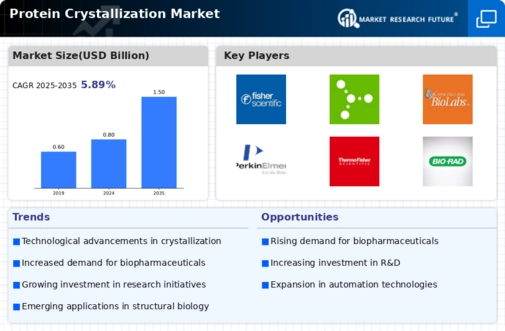
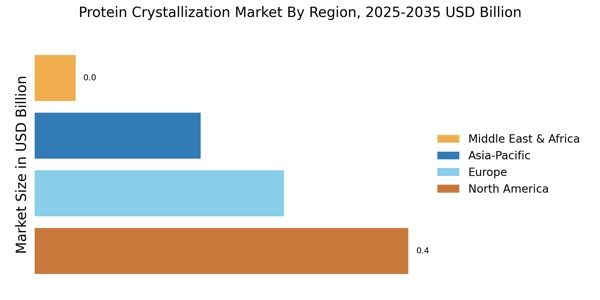

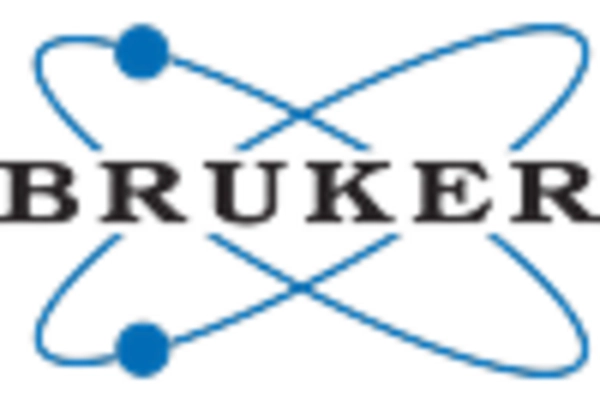

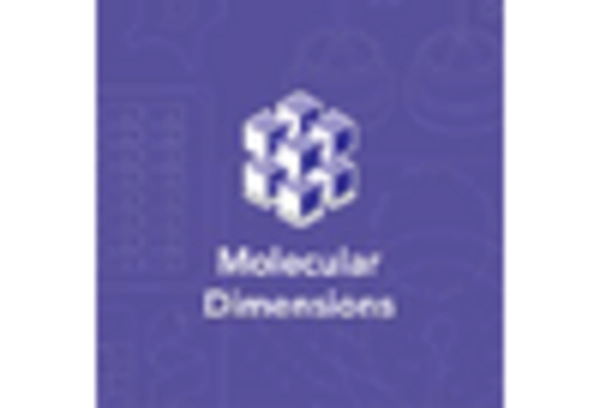
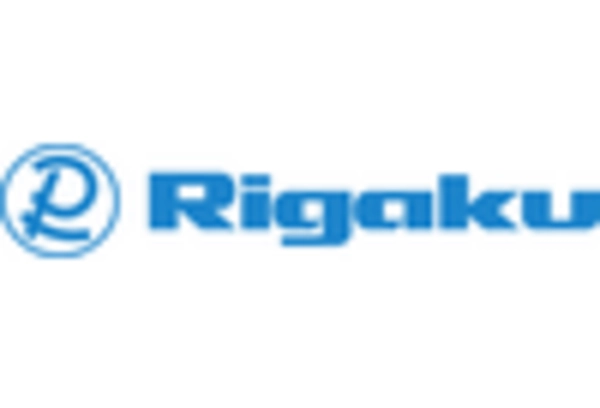









Leave a Comment